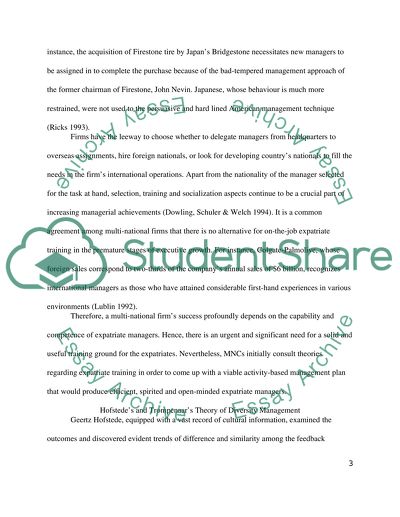Cite this document
(“Managing Across Culture Essay Example | Topics and Well Written Essays - 2750 words”, n.d.)
Retrieved from https://studentshare.org/environmental-studies/1405270-managing-across-culture
Retrieved from https://studentshare.org/environmental-studies/1405270-managing-across-culture
(Managing Across Culture Essay Example | Topics and Well Written Essays - 2750 Words)
https://studentshare.org/environmental-studies/1405270-managing-across-culture.
https://studentshare.org/environmental-studies/1405270-managing-across-culture.
“Managing Across Culture Essay Example | Topics and Well Written Essays - 2750 Words”, n.d. https://studentshare.org/environmental-studies/1405270-managing-across-culture.


